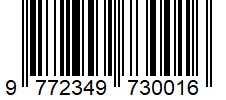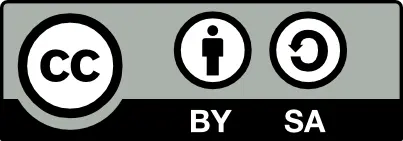The Role of Leadership Styles in Conflict Management within Multinational Teams
Authors: Sh. Ram Murti
Country: India
Full-text Research PDF File:
View |
Download
Abstract: The Role of Leadership Styles in Conflict Management within Multinational Teams Abstract Multinational work-groups bring together individuals whose languages, value systems and everyday habits rarely line up neatly; differing assumptions about hierarchy, timing, or even what counts as “polite” speech can, and often do, generate friction. Responsibility for steering that friction into productive debate, rather than open quarrel, rests, squarely, on the leader. Scholarship spanning classical (autocratic, transactional) and contemporary (democratic, transformational) leadership perspectives shows that the style a leader adopts shapes whether cross-cultural disagreements escalate or, instead, become spring-boards for learning. Transformational and broadly inclusive approaches, by encouraging frank exchange and cultivating mutual trust, are repeatedly linked with more durable settlements of conflict; authoritarian or laissez-faire stances, on the other hand, risk muffling minority voices or letting resentments simmer un-checked. Because cultural dimensions such as power distance and high- versus low-context communication sway how people interpret authority and dissent, leadership practice must stay nimble, adapting technique to situational and cultural cues. Furthermore, a growing body of work highlights cultural intelligence, emotional insight, plus ethical consistency as non-negotiable assets for leaders in diverse settings. It bears noting, however, that universal prescriptions are elusive: research from certain high-context societies indicates that a temporary avoidance strategy, when deployed judiciously, can sometimes protect relationships long enough for cooler, later dialogue, warning us that “best practice” in conflict management remains firmly context-dependent.
Keywords:
Paper Id: 232608
Published On: 2025-06-25
Published In: Volume 13, Issue 3, May-June 2025





 All research papers published in this journal/on this website are openly accessible and licensed under
All research papers published in this journal/on this website are openly accessible and licensed under 